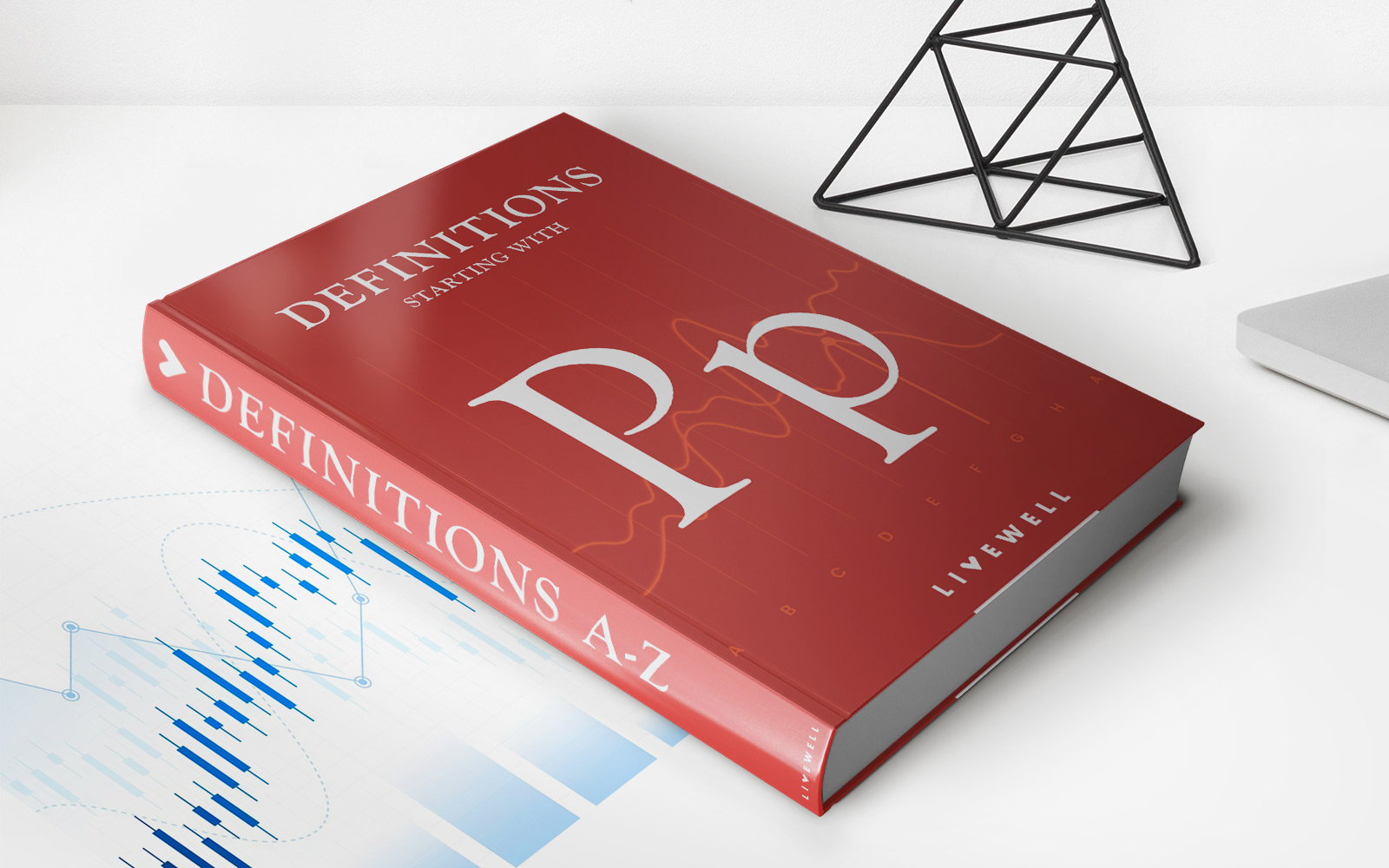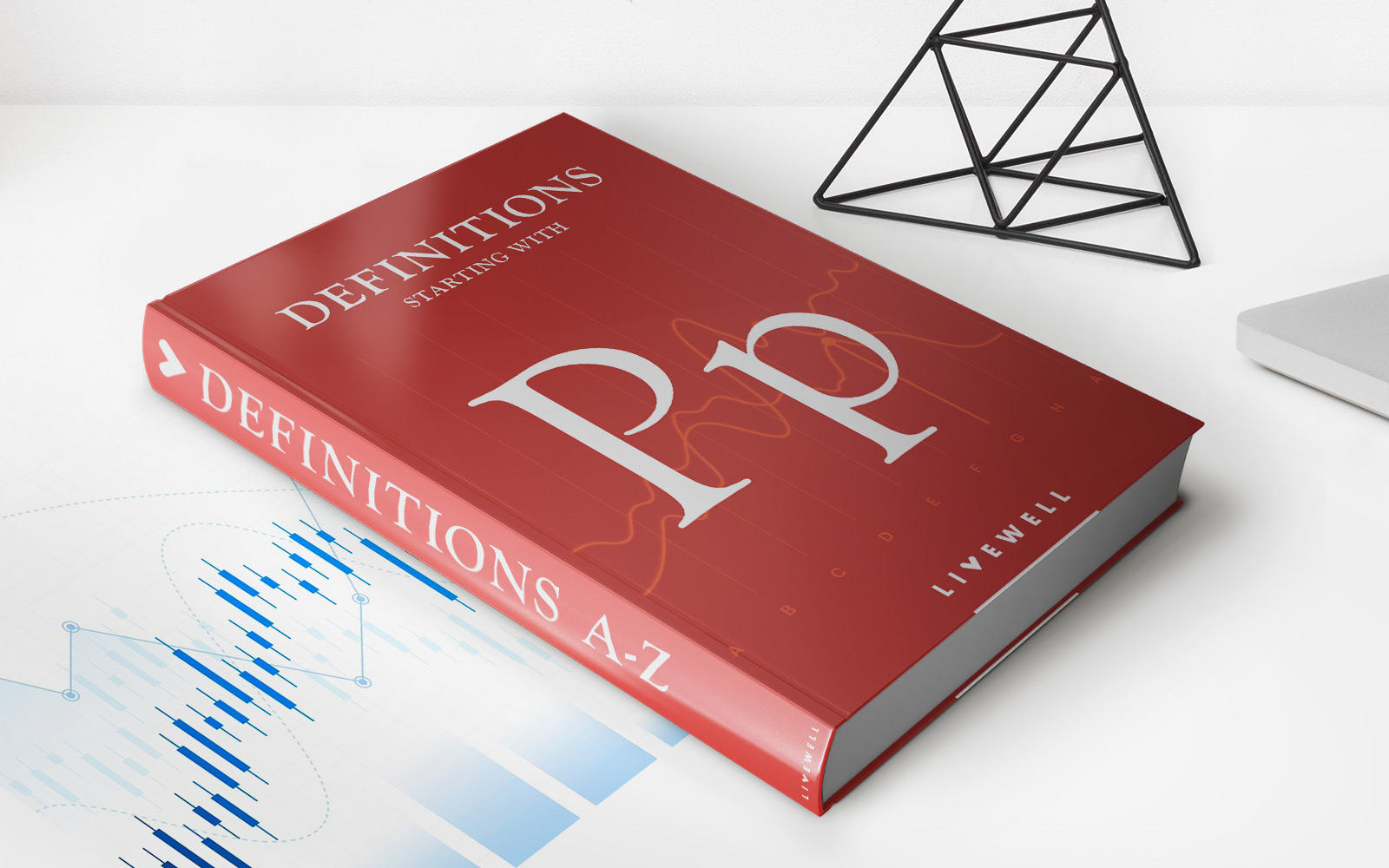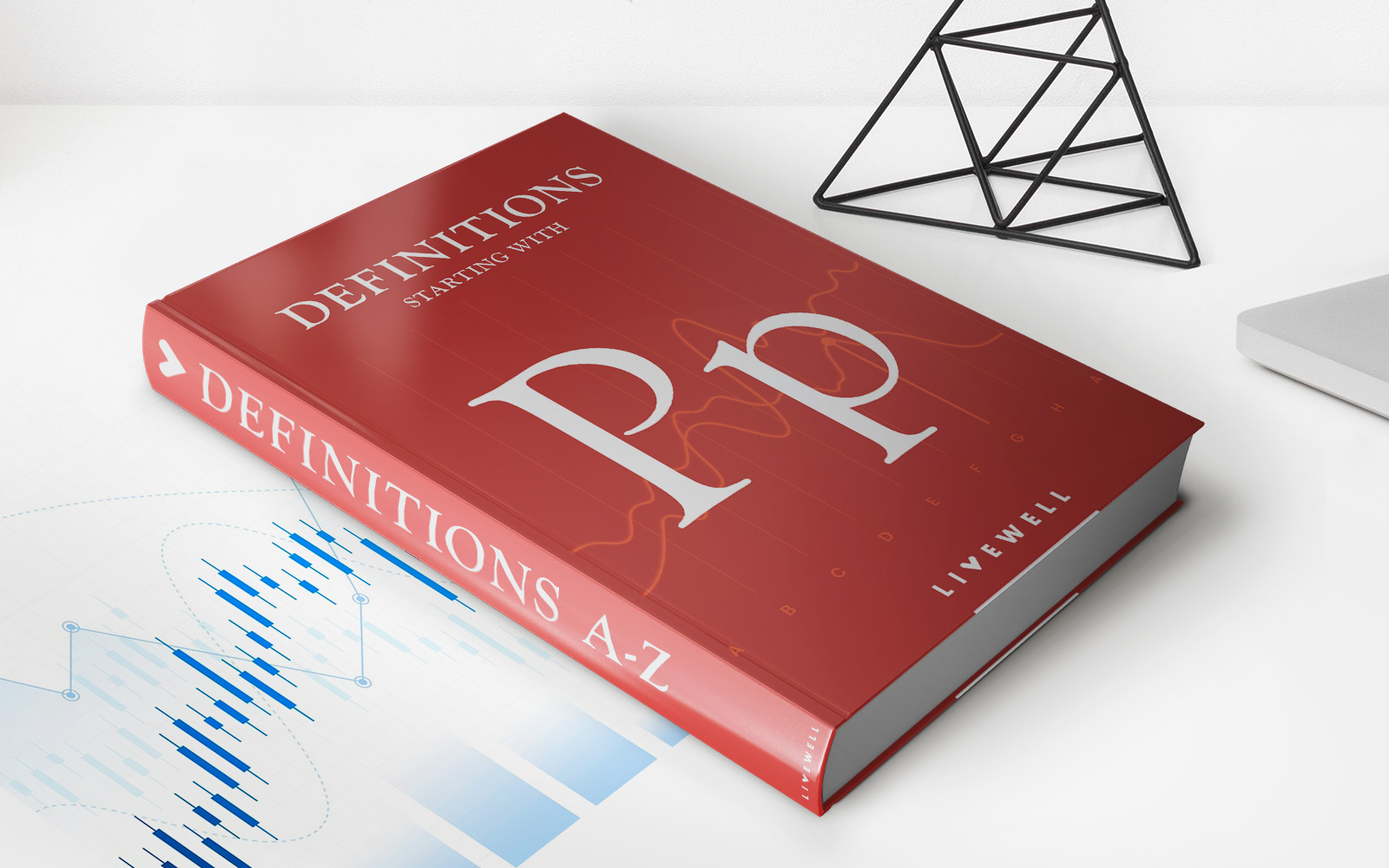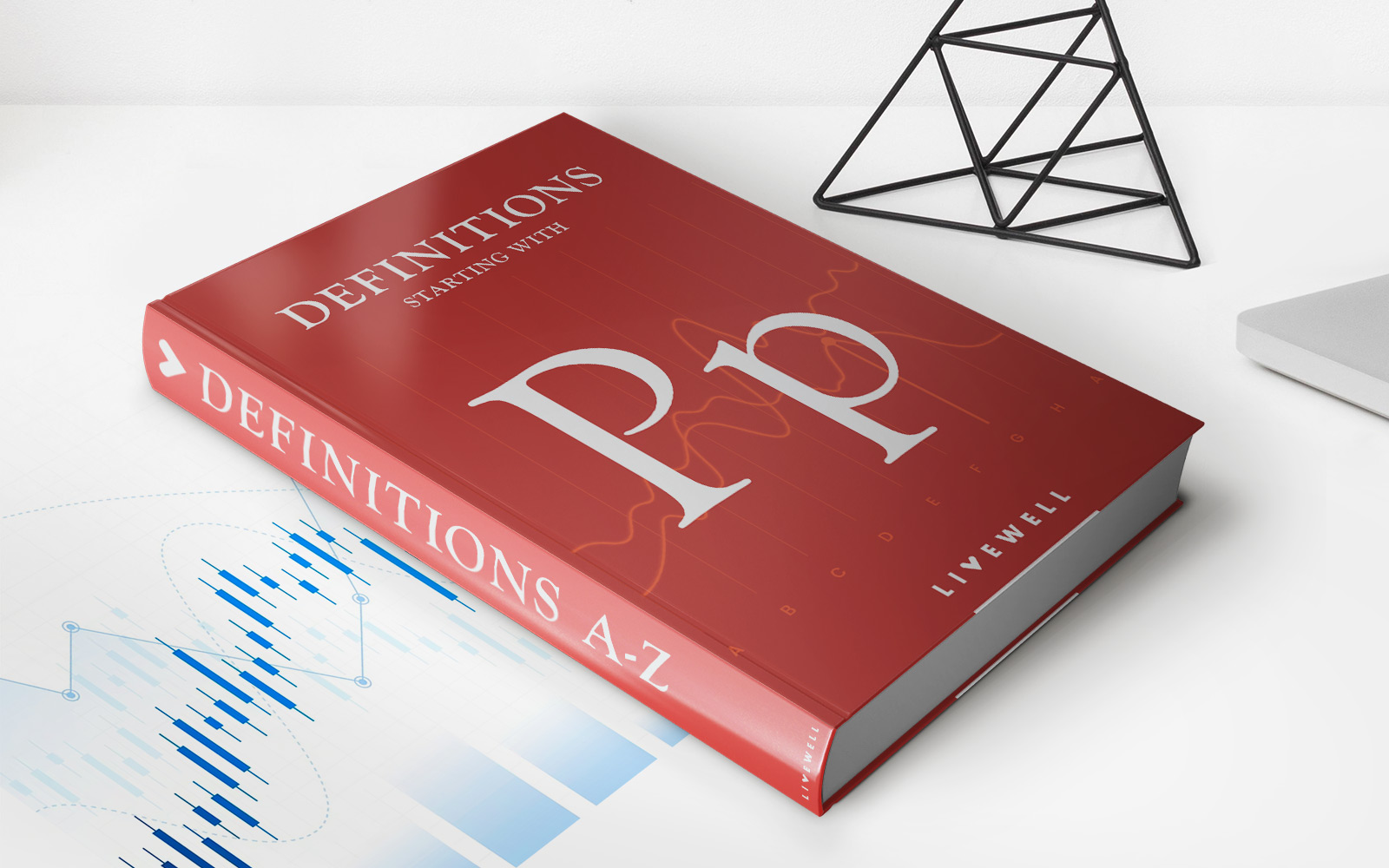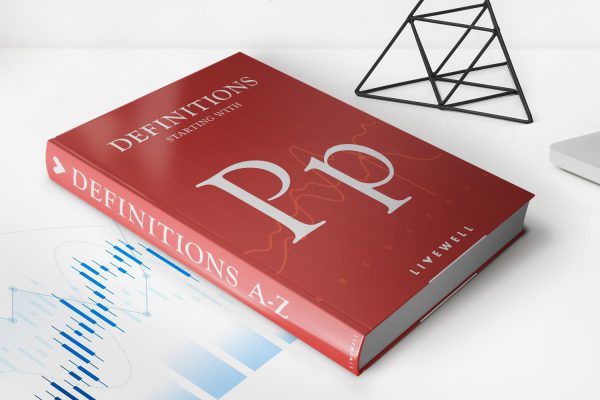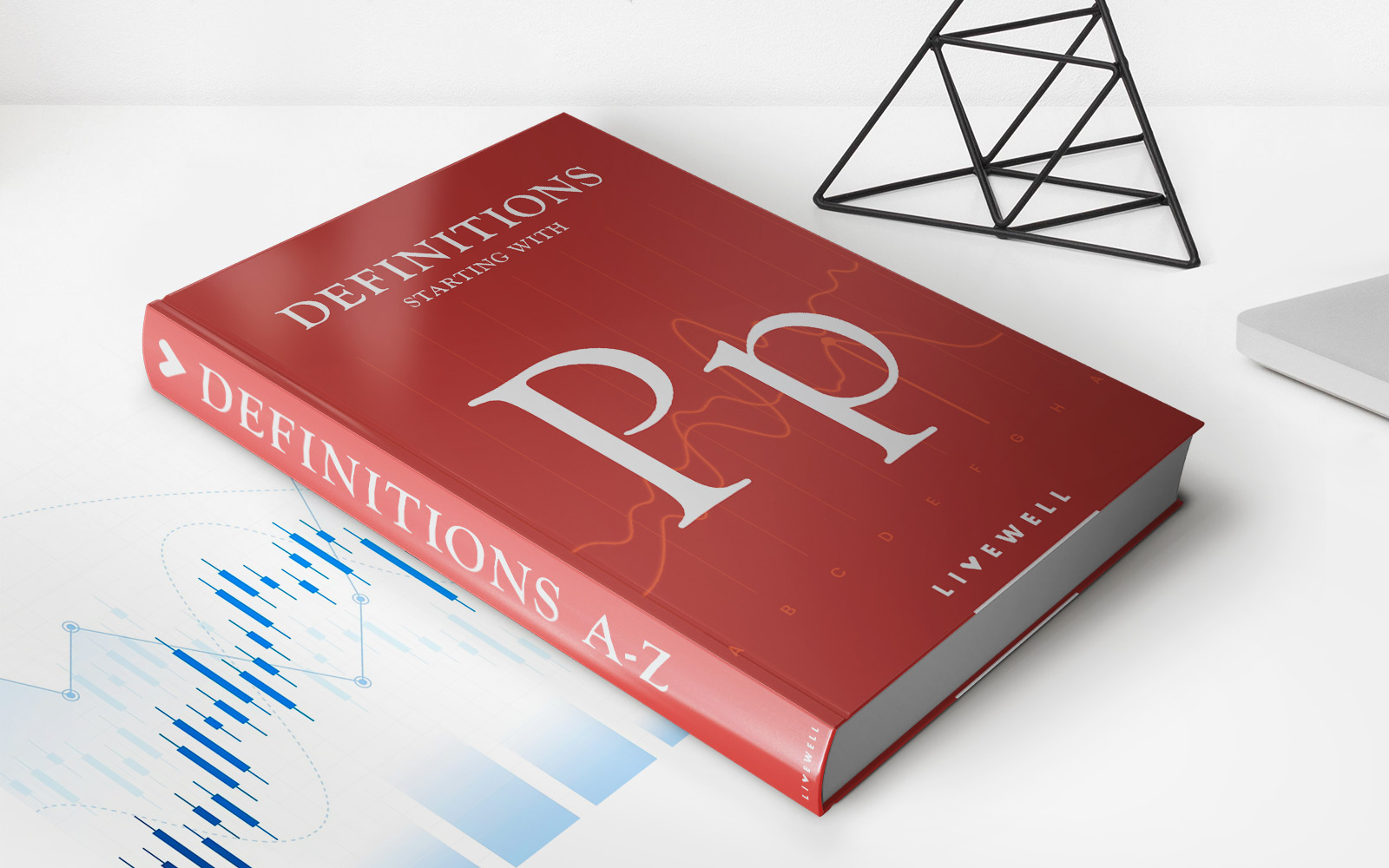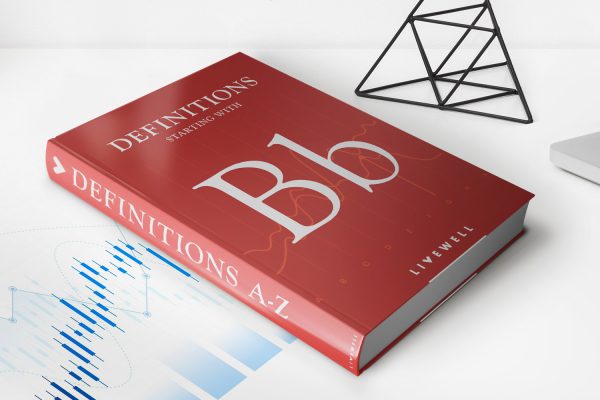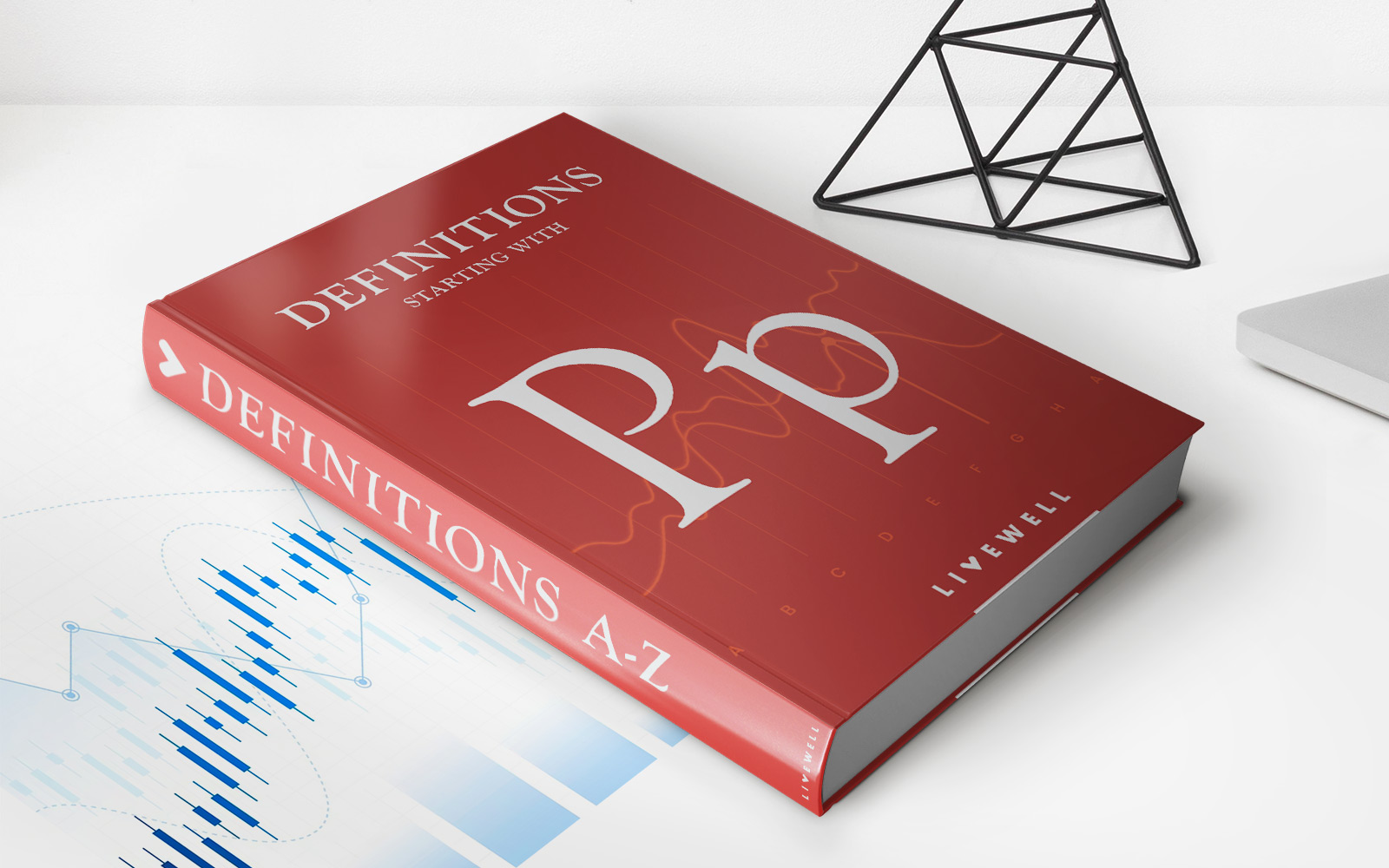Home>Finance>Purchase-to-Pay (P2P): Definition, Process, Steps, And Benefits


Finance
Purchase-to-Pay (P2P): Definition, Process, Steps, And Benefits
Published: January 13, 2024
Discover the definition, process, steps, and benefits of Purchase-to-Pay (P2P) in the finance industry. Simplify your finance operations and optimize your purchasing process with efficient P2P solutions.
(Many of the links in this article redirect to a specific reviewed product. Your purchase of these products through affiliate links helps to generate commission for LiveWell, at no extra cost. Learn more)
Purchase-to-Pay (P2P): Definition, Process, Steps, and Benefits
Welcome to the world of Finance! In today’s blog post, we are diving into the fascinating realm of Purchase-to-Pay (P2P). Whether you are a financial professional or simply curious about how businesses handle their procurement process, you’ve come to the right place! We’ll explore the definition, process, steps, and benefits of P2P, so let’s get started.
Key Takeaways:
- Purchase-to-Pay (P2P) is a systematic approach that involves the entire procurement process from requisition to payment.
- P2P streamlines purchasing, reduces inefficiencies, and improves overall spend control within an organization.
What is Purchase-to-Pay (P2P)?
Purchase-to-Pay, also known as P2P, is an end-to-end procurement process that encompasses all activities, from the initial request for goods or services to the final payment of the invoice. It is a strategic approach that integrates various departments within an organization, including finance, procurement, and accounts payable.
The P2P process typically involves the following steps:
- Requisition: The first step in the P2P process is the creation of a purchase requisition. This is done when a department or individual identifies a need for a product or service and requests its procurement. The requisition includes details about the item, quantity, delivery date, and any other specifications.
- Approval: Once the requisition is submitted, it undergoes an approval process. Depending on the organization’s structure, the approval might require authorization from multiple levels, such as managers, budget holders, or even the finance department.
- Purchase Order (PO) Creation: Once approved, a purchase order is created. This document provides all the necessary information to the supplier, including the product details, quantity, agreed-upon price, payment terms, and delivery instructions.
- Goods Receipt: When the ordered goods or services arrive, they are inspected and verified against the purchase order. A goods receipt note is created to confirm the receipt of the goods and to trigger the next step of the process.
- Invoice Matching: The invoice matching step ensures that the supplier’s invoice matches the purchase order and the goods receipt. This verification process helps detect any discrepancies or errors, allowing for timely resolution before payment.
- Payment: After successful invoice matching, the payment is made to the supplier, either through traditional methods like checks or via digital payment systems.
- Accounts Payable Reconciliation: Finally, the accounts payable team reconciles the payments made with the corresponding invoices and ensures accurate bookkeeping.
The Benefits of Purchase-to-Pay (P2P)
The adoption of a robust P2P process offers numerous benefits to organizations, such as:
- Enhanced Efficiency: P2P streamlines the entire procurement process, automating manual tasks, reducing paperwork, and minimizing errors. This leads to increased efficiency and productivity within the organization.
- Improved Spend Control: By integrating purchasing, invoicing, and payment processes, P2P provides better spend visibility and control. Organizations can monitor and analyze their spending patterns, negotiate better supplier terms, and eliminate unnecessary expenses.
- Auditing and Compliance: A well-implemented P2P system enables organizations to maintain accurate records, which simplifies auditing processes and ensures compliance with regulatory requirements.
- Supplier Relationship Management: P2P encourages stronger relationships with suppliers by providing clear communication channels and prompt payment. This can lead to negotiated discounts, improved service levels, and increased supplier loyalty.
- Data-Driven Decision Making: By capturing data at every step, P2P provides valuable insights for informed decision making. Organizations can identify trends, evaluate supplier performance, and make data-driven decisions to optimize their procurement strategy.
As you can see, Purchase-to-Pay (P2P) is not just a process, but a strategic approach that helps organizations optimize their procurement operations and achieve financial efficiency. By embracing this systematic approach, businesses can control costs, improve supplier relationships, and drive overall success.
Thank you for joining us on this journey through the world of Finance. Stay tuned for more insightful articles in our Finance category!
